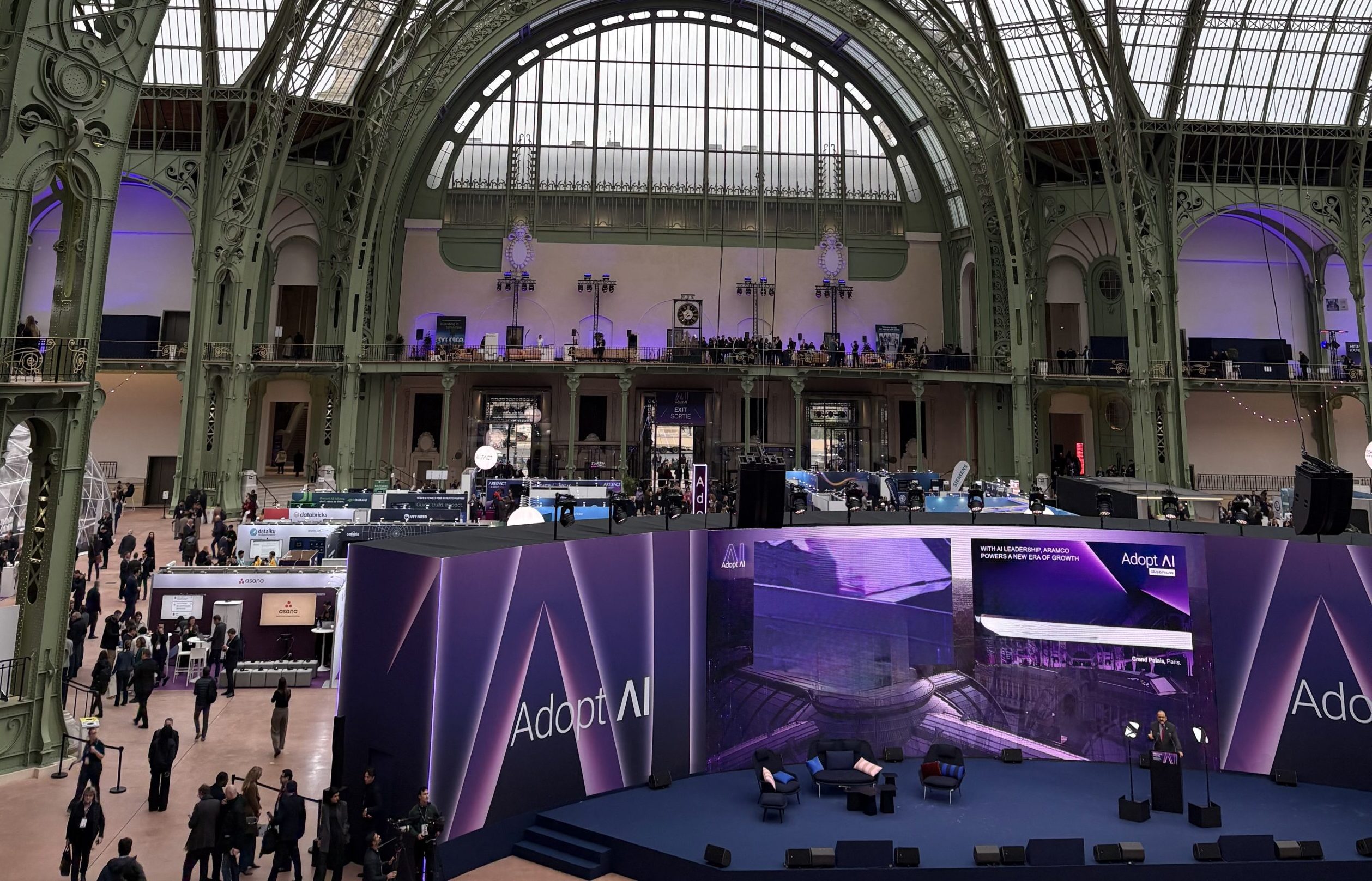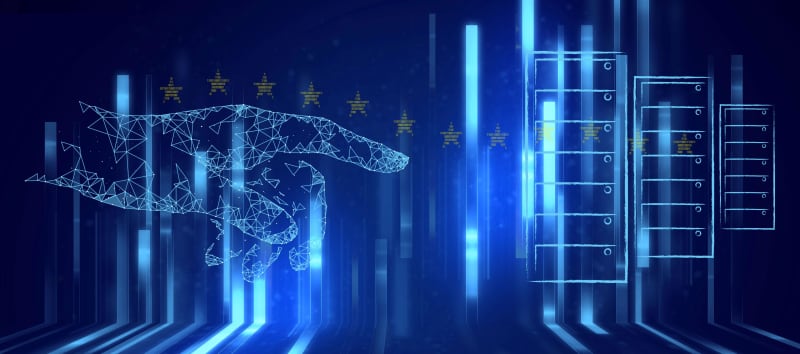
DestinE wouldn’t be possible without the computing power provided by EuroHPC Joint Undertaking (EuroHPC JU). The pioneering work of the European Centre for Medium-Range Weather Forecasts (ECMWF) and its partners on DestinE’s digital twins is key in adapting the modern weather and climate simulations codes to operate on some of the largest supercomputers in the world, harnessing their full capabilities.
DestinE is a technology initiative, as much as a climate and extreme weather prediction one. The aim of this novel information system funded by the European Commission is twofold. On one hand DestinE will provide decision-makers with accurate and interactive tools to understand and anticipate the effects of weather extremes and climate change, as well as the impacts on human activity. On the other hand, by funding DestinE, the European Union’s Directorate-General for Communications Networks, Content and Technology (DG CNECT) step change what is possible today in applying Europe’s pre-exascale and exascale computing to weather-induced extremes and climate projections, boosting machine learning applications and providing innovative solutions in terms of portability and scalability.
Given that the initiative is considered by the European Union to be a strategic tool in meeting the aims of the twin Green and Digital transition, EuroHPC JU grants special access to several of the largest supercomputers in the world for DestinE. This means that DestinE has access to 5% of the JU owned part of EuroHPC resources as the first of its kind strategic initiative, and an additional 5% at the moment in the absence of other strategic initiatives. Three out of the four machines are ranked among the Top 10 supercomputers in the world by the latest Top500 list (November 2023).
Unprecedented computing power for unprecedented simulations
EuroHPC grants DestinE access to four machines. Conversations are starting to expand access to the first European Exascale supercomputers.
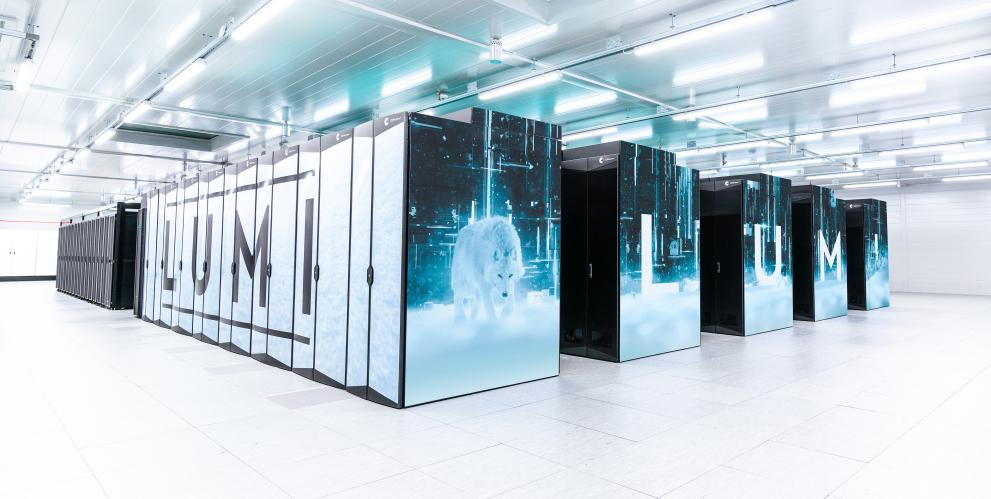
LUMI
Ranked 5th in the TOP500, with 2,752,704 cores, 2560 GPU accelerated nodes and a Linpack performance of 379.70 Peta Flops/s
LUMI (Large Unified Modern Infrastructure) is located in the CSC IT Center for Science’s data center in Kajaani, Finland and hosted by the LUMI consortium including Finland, Belgium, the Czech Republic, Denmark, Estonia, Iceland, Norway, Poland, Sweden, and Switzerland. The outstanding computing capacity of this machine serves both the Climate Adaptation Digital Twin (Climate DT) and the Weather-Induced Extremes Digital Twin (Extremes DT) ECMWF is in charge of delivering. CSC leads the consortium procured to develop the Climate DT.
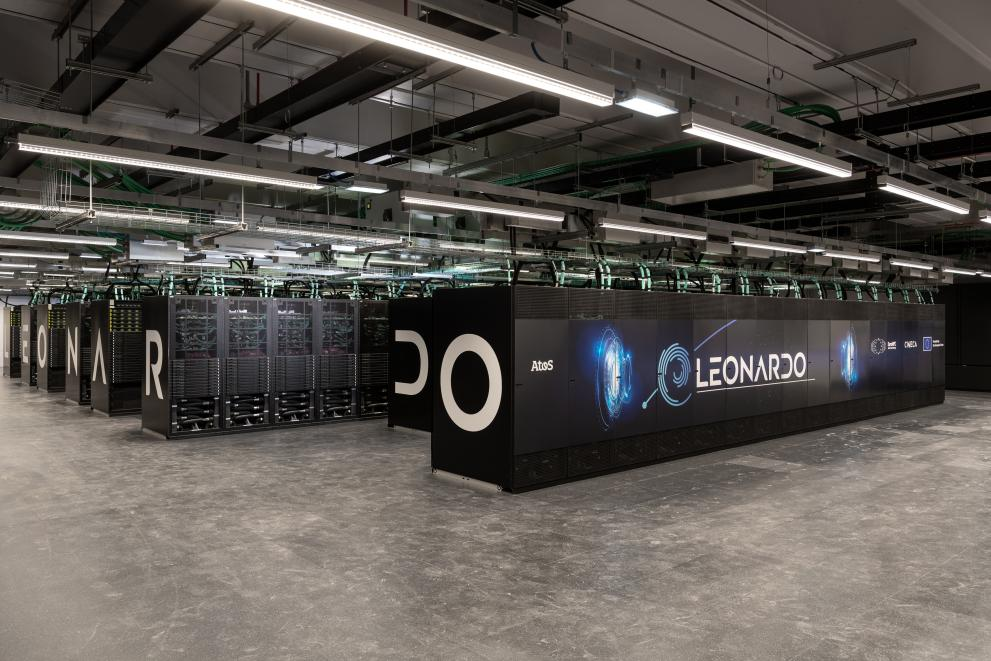
Leonardo
Ranked 6th in the TOP500, with 1,824,768 cores and a Linpack Performance of 238.70 PFlop/s
Hosted and managed by Cineca, the second most powerful supercomputer in Europe is located in the Technopole of Bologna, neighbouring ECMWF’s data center. DestinE codes run in the EU’s partition of the Leonardo supercomputer. ECMWF teams are already using the machine for the global Extremes digital twin development and machine learning. ECMWF and Cineca also collaborate in the adoption of a technology agenda of ECMWF regarding the two digital twins and the digital twin engine.
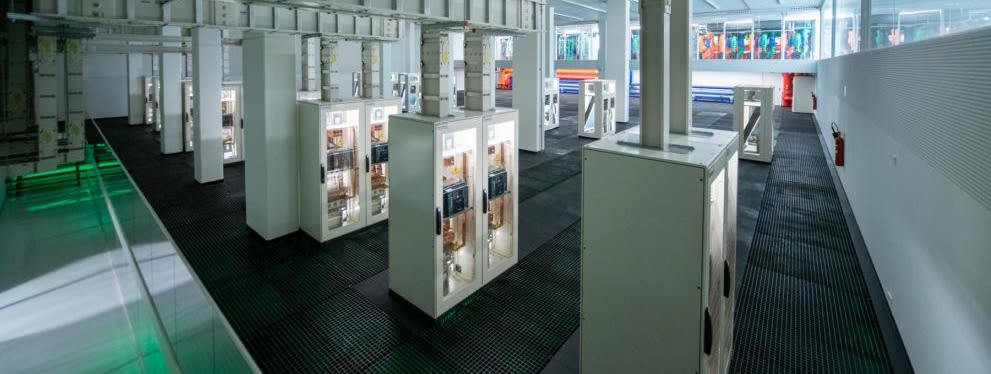
MareNostrum5
Ranked 8th in the TOP500, with 680,960 cores, 1120 accelerated nodes, and a Linpack Performance of 138.20 PFlop/s
Located in the Barcelona Supercomputer Centre this powerful machine is going to be used for Climate DT scenarios. BSC is also involved as a subcontractor in the Climate DT and participates in the implementation of the On Demand Extremes Digital Twin, a key component of the Extremes DT realisation.
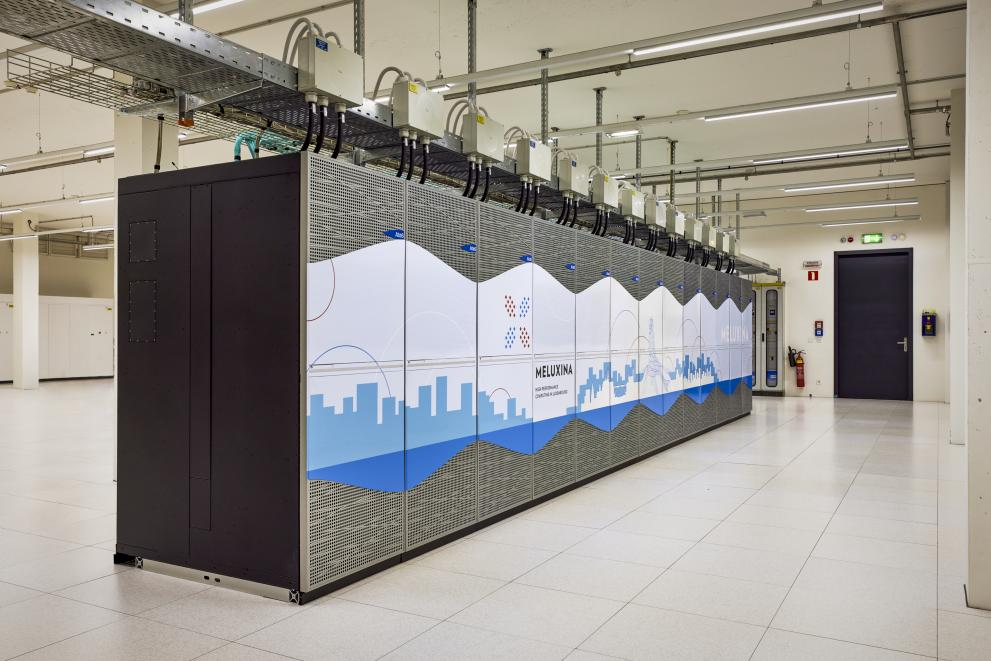
Meluxina
Ranked 71st in the TOP500, with 99,200 cores and a Linpack Performance of 10.52 PFlop/s
The machine located in the Grand Duchy of Luxembourg and hosted by LuxProvide has proven very helpful for testing the digital twins’ applications, workflows as well as for machine learning.
“We are extremely grateful for the access to Europe’s top-tier supercomputers without which Destination Earth’s ambition would not be realizable” says Nils Wedi, Digital Technology Lead for DestinE at ECMWF. “At the same time, we are undertaking a pioneering role in porting & adapting complex weather & climate application codes as well as associated production environments to these novel and diverse hybrid CPU-GPU systems. This will enhance the European capabilities for decision making regarding climate adaptation and mitigation for extreme weather events while accelerating exciting developments in the field, keeping Europe as a leading player in this domain. Harnessing the capabilities of these machines to address one of the leading challenges of the 21st century is both extremely challenging and rewarding.” he adds.
Closing the loop of the European HPC landscape, ECMWF has also signed an agreement with ETP4HPC that will support the strategic technology adoption for the digital twins.
EuroHPC celebrates its User day on 11 December 2023 in Brussels. Nils Wedi will explain DestinE’s Special Access at 12:10. Live streaming and details here.
The need for extreme scale computing
The highly accurate, interactive and fast operations of the digital twins being developed for DestinE demands computing capacity beyond the limit of what’s possible today.
ECMWF digital twins will enhance data assimilation of Earth observation data blended with models at very high spatial resolution with frequent updates and including information for the sectors most impacted by climate change, enhance interactivity and contribute to narrow uncertainty.
DestinE is expected to produce up to a vast 1 petabyte of data per day, considering a continuous stream of data.
At the same time, in order to scale up operations efficiently ECMWF is developing machine learning solutions and applications integrated in the Digital Twin Engine (DTE). The DTE is an innovative software infrastructure developed by ECMWF supporting the complex operations of the digital twins in the geographically-distributed, heterogeneous HPC and Big Data ecosystem.
These enhancements will benefit the larger scientific and technological community, enrolling a wide range of European academic, industrial and research users in the use of the most powerful supercomputers in Europe for Earth system simulations, that until now were mainly constrained to expert user access.
Supercomputing hardware is evolving faster than the use we make of it, and it is key to sustainably adapt the application codes to harness their full potential.
EuroHPC JU, four years leading European supercomputing
The European High-Performance Computing Joint Undertaking was set in motion in 2018 after approval of the European Parliament. The proposal came from the European Council, that requested better coordination of the EU’s efforts in high-performance computing.
Since its establishment, this public-private undertaking has succeeded in establishing nine supercomputers in centers across Europe. EuroHPC JU has also signed the contract to open the first European exascale supercomputer, JUPITER, that will be installed on the campus of Forschungszentrum Jülich and operated by the Jülich Supercomputing Centre and EuroHPC JU.
Another key development made possible by EuroHPC JU is the agreement to install Euro-Q-Exa, a new quantum computer, in the Leibniz Supercomputing Centre.
EuroHPC grants free access to its machines via open calls evaluated on the interest of the research projects proposed.
Destination Earth is a European Union funded initiative launched in 2022, with the aim to build a digital replica of the Earth system by 2030. The initiative is being jointly implemented by three entrusted entities: the European Centre for Medium-Range Weather Forecasts (ECMWF) responsible for the creation of the first two ‘digital twins’ and the ‘Digital Twin Engine’, the European Space Agency (ESA) responsible for building the ‘Core Service Platform’, and the European Organisation for the Exploitation of Meteorological Satellites (EUMETSAT), responsible for the creation of the ‘Data Lake’.
More information about Destination Earth is on the Destination Earth website and the EU Commission website.


